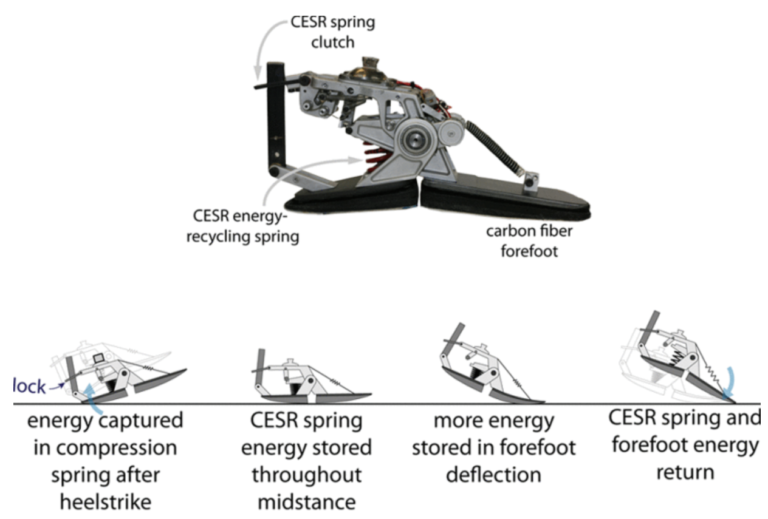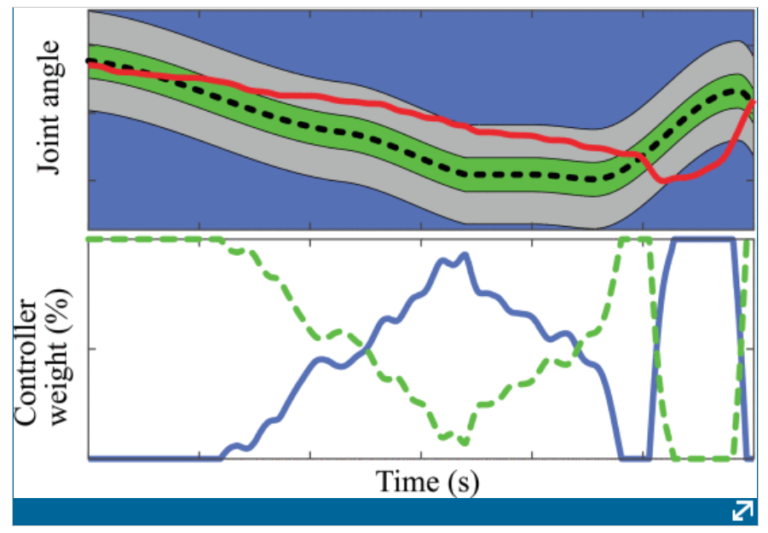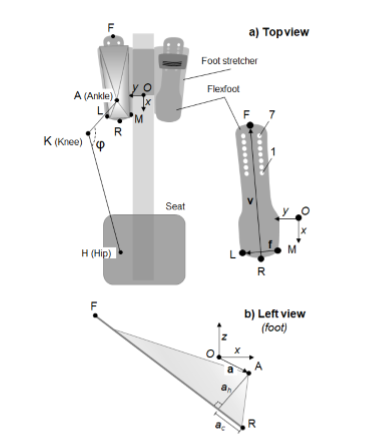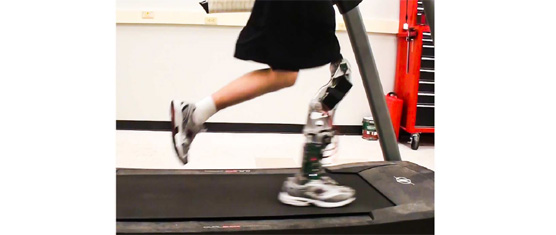Lower-limb amputees expend more energy to walk than non-amputees and have an elevated risk of secondary disabilities. Insufficient push-off by the prosthetic foot may be a contributing factor. We aimed…
read moreMusculoskeletal disorders and injuries are one of the most prevalent medical conditions across age groups. Due to a high load-bearing function, the knee is particularly susceptible to injuries such as…
read moreIn this paper, we present the design, control, and preliminary evaluation of the Symbitron exoskeleton, a lower limb modular exoskeleton developed for people with a spinal cord injury. The mechanical…
read moreFunctional electrical stimulation of lower limb muscles during rowing provides a means for the cardiovascular conditioning in paraplegia. The possibility of shaping stimulation profiles according to changes in knee angle,…
read moreAbstract This paper presents a running control architecture for a powered knee and ankle prosthesis that enables a transfemoral amputee to run with a biomechanically appropriate running gait and to intentionally transition between…
read more




